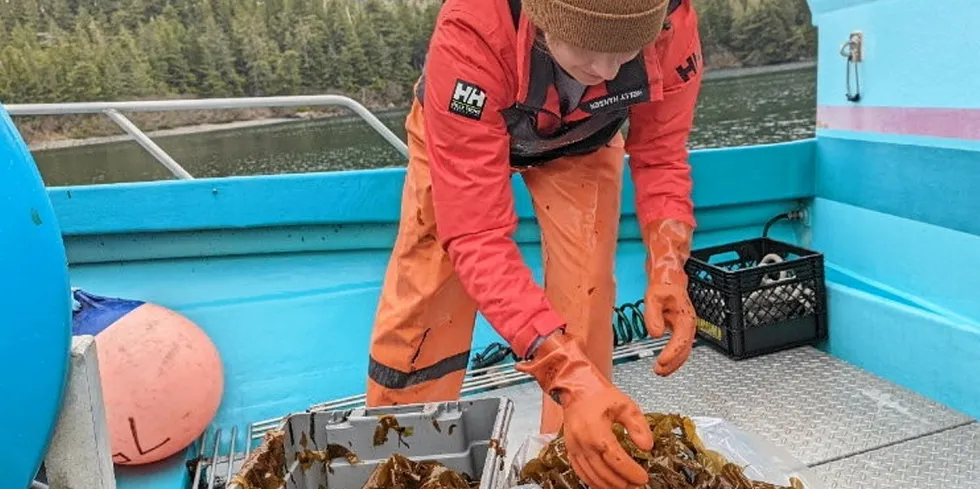US government to identify 'aquaculture opportunity areas' in Alaska waters
Trident and Silver Bay Seafoods already have aquatic farming permits for species; the new project could open up new areas for other groups.

Trident and Silver Bay Seafoods already have aquatic farming permits for species; the new project could open up new areas for other groups.
